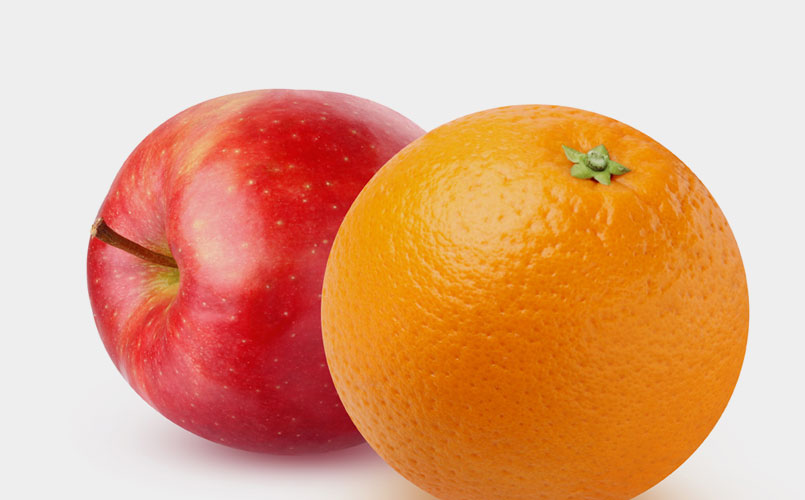Biorationals – A Sustainable Postharvest Decay Control Solution
The use of biorationals for disease control is gaining momentum in the postharvest industry. As fungicide resistance continues to be an ongoing challenge affecting postharvest decay control, packing houses are looking for biologically derived fungicide alternatives.
What is a Biorational?
The term biorational is used to characterize a broad range of low environmental impact substances or products related to agriculture and plant health as well as other industries. They are typically biologically-derived, or if synthetic, the structure is similar and functionally identical to a biologically-occurring material.
One example of a biorational fungicide is BioSpectra 100 SC®, one of Pace’s newest OMRI certified biorational products. This fungicide consists of the active ingredient, natamycin, which is produced via fermentation of the bacterium Streptomyces natalensis and other related species. BioSpectra is the result of Pace’s discovery program to bring novel biorational solutions to reduce food waste, and Pace is the first to develop and register it for postharvest uses.
Originally isolated from soils collected in South Africa in 1955, natamycin has since been used as a food preservation tool for decades due to its broad-spectrum inhibition of yeasts and molds. Natamycin provides a new mode of action against some of the most important postharvest pathogens affecting citrus, cherry, pome, and stone fruit production, making it an ideal tool for effective rotation programs.
Why Biorationals?
Biorationals provide a lower impact to the environment compared to some synthetic chemistries. Its use in agriculture has been focused primarily on pre-harvest application, aiding in crop stress management, enhanced plant physiology benefits, root growth management, or as an alternative control agent to pesticides and antimicrobials. After understanding its benefits, the attention has turned to the postharvest industry and how biorationals can provide natural decay solutions.
How Does it Work?
Natamycin binds to ergosterol in the fungal cell membrane, affecting the transport of proteins and glucose across the membrane, leading to fungal cell expiration. This affects the spore germination and mycelial growth of target fungi, preventing the development of postharvest diseases. Natamycin provides broad spectrum control for many of the challenging postharvest diseases that affect the citrus, pome, and stone fruit industries including:
- Blue mold (Penicillium expansum.), gray mold (Botrytis cinerea), and green mold (Penicillium digitatum)
- Sour rot (Geotrichum spp.), mucor rot (Mucor piriformis), Rhizopus rot (Rhizopus stolonifer), and brown rot (Monilinia fructicola)
What are Biospectra’s Benefits?
-
- Proven safety as an approved food preservative in use for over 40 years
- Exempt from residue tolerance in the US
- Broad-spectrum against major postharvest diseases
- Excellent performance as a solo and mixture with other actives
- Controls fungal strains with resistance to other ungicidef classes
- No known cross-resistance to other fungicide classes
- Only fungicide that controls Mucor rot
- OMRI certified
Today, nearly half of all fresh produce is wasted in the U.S. alone. Thirty to forty percent of this waste occurs along the supply chain before it even reaches the consumer. We understand that biological solutions can play a pivotal role in protecting the quality and marketability of fresh produce. Pace is proud to bring innovative, sustainable solutions to customers and the fruit packing industry.
For more information about biorationals, please contact your local Pace representative or visit us at www.paceint.com.












